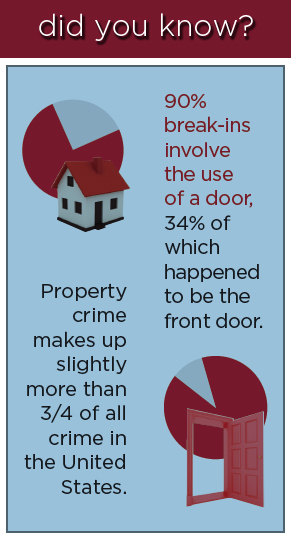A Smart Home is a Secure Home
February 19, 2013
 This guest post comes from John Epeneter, Control4 Senior Product Manager, Security and Communications Products.
This guest post comes from John Epeneter, Control4 Senior Product Manager, Security and Communications Products.What lies behind the desire for home automation is often a complex question. Some may want their home to showcase exceptional technology or to entertain guests, while others may want a powerful experience that helps to ease the actions of their everyday lives. But almost universally, users of home automation systems want one thing: to feel safe and secure in their homes and businesses.
In December 2012, the Consumer Electronics Association published a powerful Market Research Report entitled "Consumer Perspective on Home Automation." In that report, 62% said that their primary interest in purchasing a home automation system was “Security.” The next two categories, Energy Saving and Convenience, were a distant second and third (20% and 14% respectively). It also reported that 8 of the top 10 interests people had in home automation were security use cases.
Closer to home (pardon the pun), during a recent survey, well over 3,000 existing Control4 customers were asked what additional features they would like to add to their system. The number one answer was "security and monitoring" with 53% of respondents wanting to add additional security features to their system.
The good news is that a Control4 system can already integrate seamlessly with most security systems, providing customers with the peace of mind they desire. By using the broad selection of motion sensors and door/window contacts (whether controlled by a 3rd party security panel or directly via Zigbee), stylish yet high tech door locks, surveillance cameras and video recorders, whole home audio, and lighting products, you can provide the deterrent measures that create the illusion that somebody is in the house even when no one is there.
A multitude of studies have been conducted regarding the effectiveness of these measures. Automatic exterior and interior lighting at night, the turning on-and-off of radio and/or TV, video surveillance technologies, and evidence of an installed security system, have proven repeatedly to have a statistically significant effect on reducing the probability of a property being burglarized.
Customers appreciate the safety they feel when they use these products daily, both within the home and remotely, because they have confidence that their home is helping to protect their most valuable assets.
